Dehydrating Food
Drying or dehydrating is one of the oldest methods of food preservation. Drying removes moisture from the food and slows enzyme activity. Dried foods take up less storage space and do not require refrigeration.
All Dehydrating Food Content
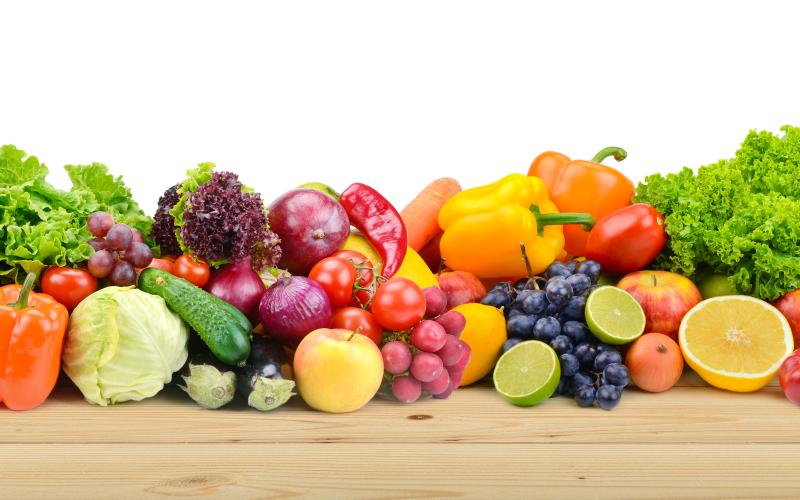
Pick it! Try it! Like it!
Pick it! Try it! Like it! materials are filled with tips for selecting, preparing, and preserving a wide variety of fruits and vegetables.
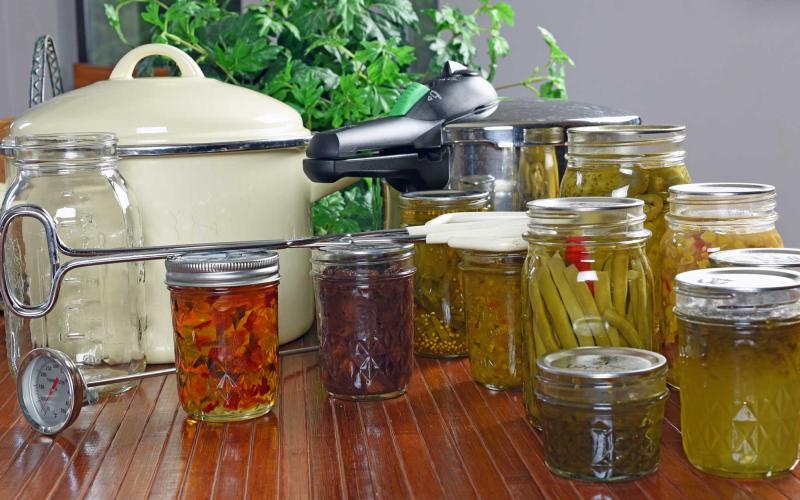
Preservation
SDSU Extension provides established and trusted research-based food preservation information.
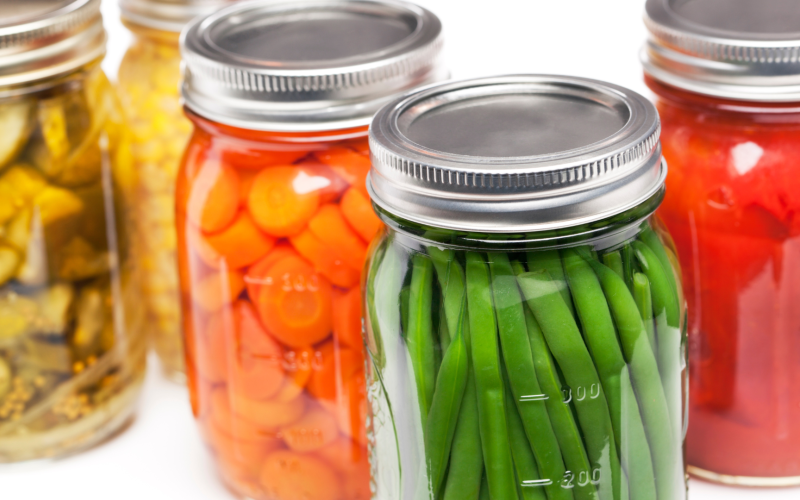
Pick it, Try it, Like it for Food Preservation
Use these Preserve it lessons for tips and tricks to select, prepare and preserve fruits and vegetables.
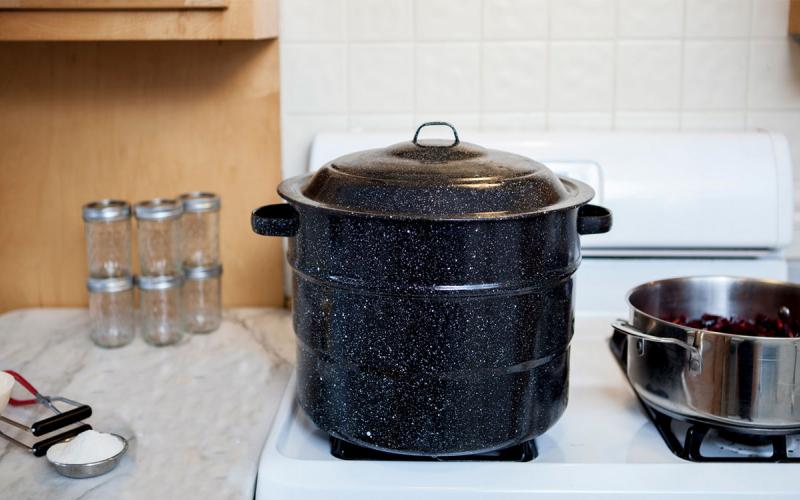
Home Food Preservation Self-Study Course
This course provides research-based information on food preservation.
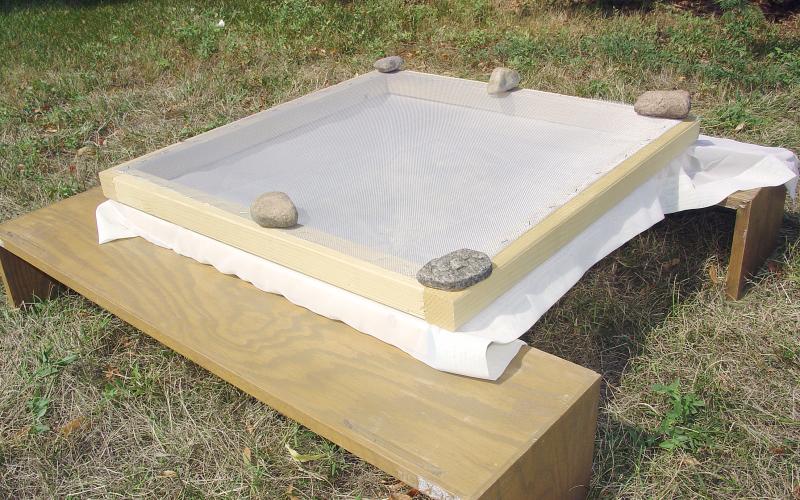
Sun-Drying – A Traditional Native American Method of Preserving Food
Curriculum developed to facilitate the education of a cultural tradition for youth in Native American and non-Native American communities.

Using Dried Corn
Fact sheet on ways to use dried corn
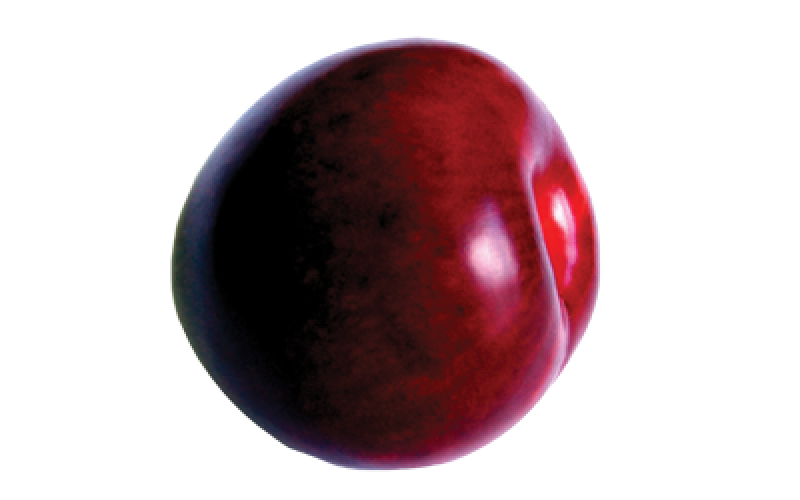
Drying Plums
Fact sheet on drying plums

Solar Drying Fruit and Vegetables
Fact sheet on solar drying fruits and vegetables

Sun-Drying Corn
Fact sheet on sun-drying corn
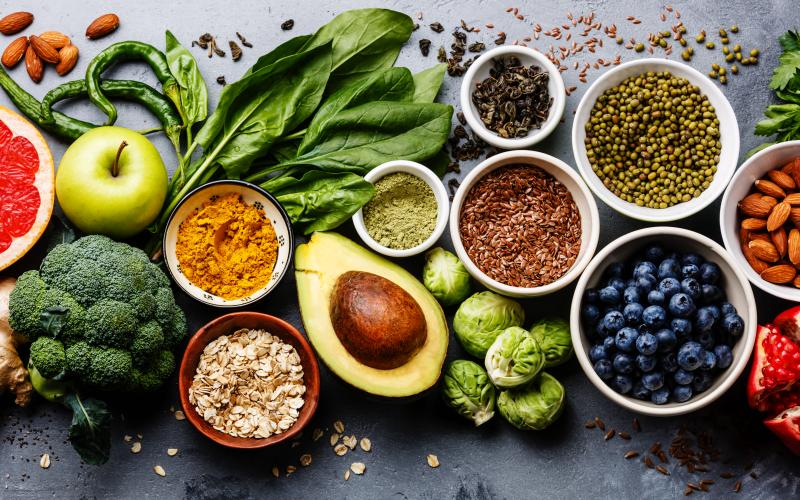
A Guide to Drying Foods
Fact sheet about drying foods